Pawn breaks are incredibly important in chess; they open files activating our pieces, they create tension, they change the structure of the position. Usually finding and building the proper pawn break is the correct way to play a neutral position, and if you’ve completed development, there’s not a clear weakness to attack and your pieces are reasonably placed, then finding a pawn break is often the right way to continue your game.
I recently got the following pawn structure in a blitz game against a player rated about 200 higher:
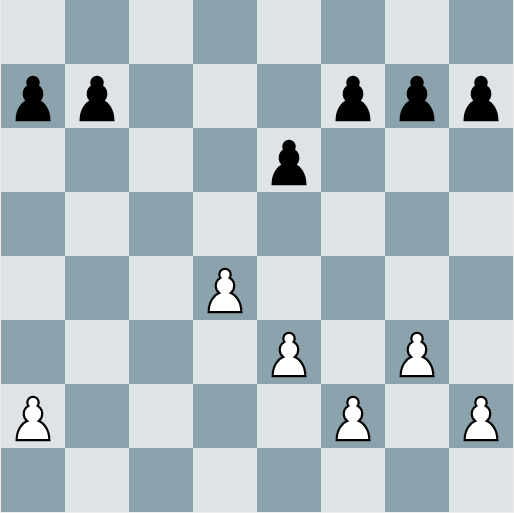
Certainly …e5! With that I’d fully equalize. By trading their d pawn I’d negate white’s space advantage (or if they allow me to capture and recapture pawn I’d have an isolani to play against) and thus I’d open needed space for my pieces. Also I had a rook on the d file that’d be much better with those pawns swapped. I felt very pleased to have …e5 coming and I had enough pressure on d4 that white couldn’t play e4 to meet …e5 with d5. I may have had a bishop on the light squares that needed freeing too.
Tragically, for me, my opponent instantly played f4! completely ending my intended break and leaving me unsure what to do. The light squares and e3 look a bit weak from a detached view but I had no way whatsoever to attack them and white had time to defend d4 before eventually pushing e4. By stopping my pawn break, my opponent wisely and immediately made my position aimless. It was a great move that I’d likely not have seen as white at all, but they played almost instantly. It’s obvious from a logical perspective though! What does black want? …e5! Can we stop it? Certainly!
Why wouldn’t I see this move? Because my positional instincts drown out logic, e3 feels weak, the light squares feel vulnerable. Pawns can of course never be retreated and those pawns look quite silly to me, if e4 is played then d4 is loose, if e4 and d5 are played and there’s an exchange on d5 then the pawn will be isolated. Structurally f4 isn’t particularly desirable. But here the weaknesses didn’t really matter and the logical purpose was very, very strong. I think logic is a weakness in my chess. Let’s look at some other examples.
I was watching IM Ostrovskiy play blitz and in the first game of the video he made a move that surprised me, turns out it’s the second most popular and highest scoring move at the master level in the Ruy Lopez Delayed Steinitz variation.
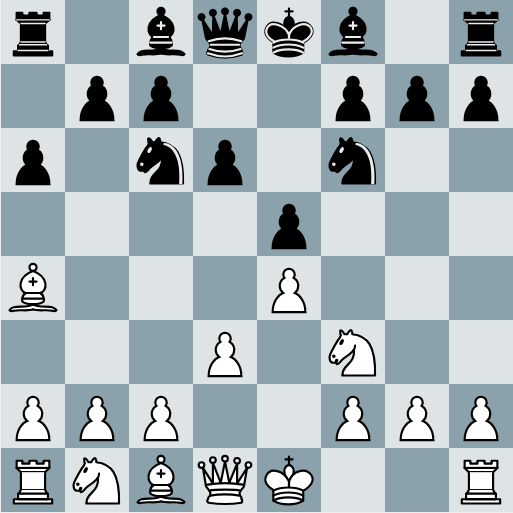
The main move is 5.c3, very reasonable standard slow build in the Ruy. 5.0-0 is also played sometimes. But Ostrovskiy played 5.c4!? with the clear point of ending black’s likely pawn advances …d5 and …b5 (in the steinitz black plays …d6, but they do often intend …d5 eventually). Does black have any other pawn breaks with these hindered?
Yes! …f5 is an important pawn break, and in virtually every game in this line at the 2600+ level black immediately organized around it. Zvjaginsev-Fressinent 2010 saw 6…g6 7.h3 (more restriction by white of black’s options) 7…Bg7 8.Be3 0-0 9.Nc3 Nd7! moving out of the way of the f pawn and black played …f5 a couple moves later. Yangyi-Azarov 2014 went 6…Be7 7.h3 0-0 8.Be3 and again 8…Nd7 followed soon by …Kh8 and …f5. Fedorchuk-Erdos 2014 continued with a slightly different method involving …h6 and …Nh7 before …f5. But all these games saw the same core idea. White restricted two of black’s key pawn advances, so black immediately played for the only freeing break they had left, to assault white’s imposing center.
We see more obvious pawn lever prevention all the time, here’s a typical example in the dragon:
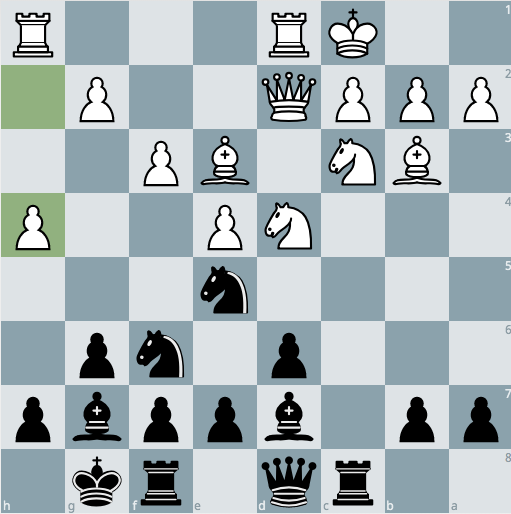
But moves like f4 and c4 in the above examples are much harder to find, they prevent less obvious plans, are more clearly weird from a pawn structure view, and probably most important we see such moves far less and so it’s harder to build pattern recognition with them. I have seen the f4 idea before, which is part of why I was able to notice how strong it was in my game and inspired me to write this article. The unfairly good book Pump Up Your Rating by Axel Smith opens with a section titled “No Pawn Lever No Plan” a well named chapter. There are many examples I really like from the chapter but the most relevant is the following:
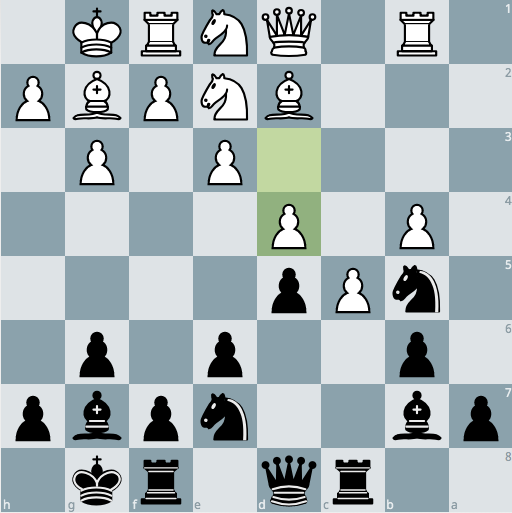
The break is 17…e5 and Smith plays it immediately (the computer doesn’t love the move, but even if it’s not quite right in the exact spot the concept is more important). But the key point is that if black doesn’t play it now, white has 18.f4! locking it down forever where white’s queenside dominance will prove a profound advantage.
By asking oneself the question what is my opponent planning, or even just the question what are the pawn breaks (as long as we consider opponent’s pawn breaks too), we can find moves like f4 preventing their key advances. No pawn lever no plan is a good motto. Of course some positions are about piece play, and some play themselves so clearly that we need not particularly consider the pawn breaks, but in many, many positions our plan is centered around a pawn break, and our opponent’s is too. I’m off to re-read Smith’s chapter. Actually, one more example of a pawn break from Ostrovskiy’s video first:
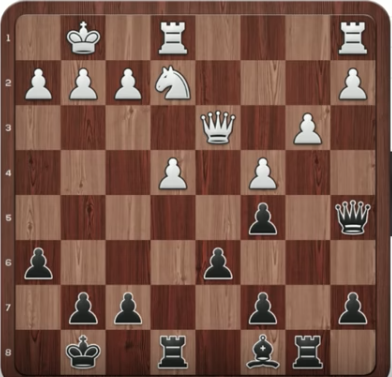
…a5-a4 to create a weakness on the queenside to play against. When do we not play for pawn breaks? Usually when we have a weakness to target, this pawn break creates that weakness. Ostrovskiy played …Qb4 here. He had a tricky position to play after white went for the kingside, but the idea is a good one. Once black defended the attack though, his play was more comfortable, then he blundered a perpetual.